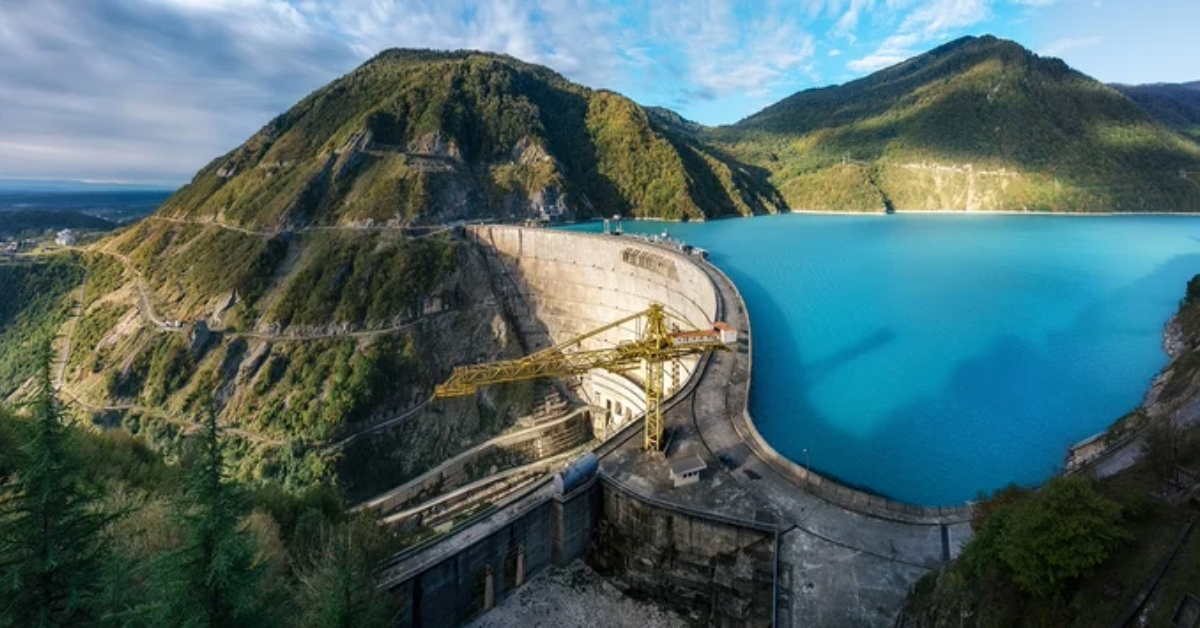European Integration & Planning for Clean Power in Georgia
Georgia's geographical location between Europe and Central Asia makes its strategic role important as a corridor for energy resources, generating...

Ukraine, Europe's second-largest country by area, is one of the most important countries in Europe when it comes to Energy. Not only does it act as a conduit for Russian gas into the EU, but its large population of 43.3 million consumes a considerable amount of electricity.
As part of Ukraine's transition to a liberalised electricity market, 1 July 2019 marked the biggest day in the country's energy history. And an essential step towards its integration with Western Europe. Energorynok purchased electricity from generating companies in the previous single buyer market and sold it to the distributors.
And after 1 July, it gave way to international best practices of a liberal electricity market (bilateral trading between producers and consumers or traders and stock market segments: the day-ahead market, intraday market, and balancing market).
Ukrenergo, Ukraine's state-owned TSO, is heavily involved in this reform. As well as managing Ukraine's energy systems, transmission networks and interconnectors with neighbouring countries, they also keep Energorynok informed of technical and administrative planning. In 2018, Ukrenergo knew that once a new market structure was introduced, they needed professional software for modelling large energy systems in market conditions (including heat, services, etc.). This software had to comply with the National Regulator, new European methodologies, and recent legislation.
After evaluating all options, Ukrenergo chose PLEXOS, the only modelling software that allowed Ukrenergo to carry out compliant short-term, mid-term, and long-term adequacy assessment and planning.
"Since the introduction of a new market model in 2019, PLEXOS has become indispensable for us. Using PLEXOS, we prepared a number of high-quality reports, including adequacy reports (and on their basis the security of supply report and the 10-year transmission system development plan), which the National Regulator approved. This was the pinnacle of success for our company."
Mykhailo Krutsyak
- Head of Adequacy Assessment Department at Ukrenergo
Reports which were justified and determined using PLEXOS led to:
At present, Ukrenergo has over 20 use cases for PLEXOS, where the software is instrumental for critical decision-making. A few of these use cases include:
PLEXOS is constantly calculating the optimal way to generate, schedule, balance, transport, and store electricity. Ensuring Ukrenergo delivers a steadfast flow of power for Ukraine's industry, commercial, and consumers now and for the future.
Currently, Ukrenergo is working hard to decarbonise its power business and using PLEXOS to plan for the coming change and formulating plans to decommission coal-fired power plants and calculate the impact of introducing hydrogen into the power mix.
If they had to choose a new tool, according to Mr. Krutsyak, "the choice would again fall on PLEXOS." In fact, he goes as far as stating that had Ukrenergo discovered PLEXOS before 2018, they could have forecasted the risks of the Ukrainian financial crisis in the electricity market caused by a feed-in tariff for RES (Renewable Energy Systems) producers.

Georgia's geographical location between Europe and Central Asia makes its strategic role important as a corridor for energy resources, generating...

Uzbekistan, a landlocked country in Central Asia of around the size of California, with a population of approximately 34 million, is rich in natural...

ENTSOG and Energy Exemplar sign a multi-year licence agreement for the PLEXOS integrated power and gas energy simulation platform.